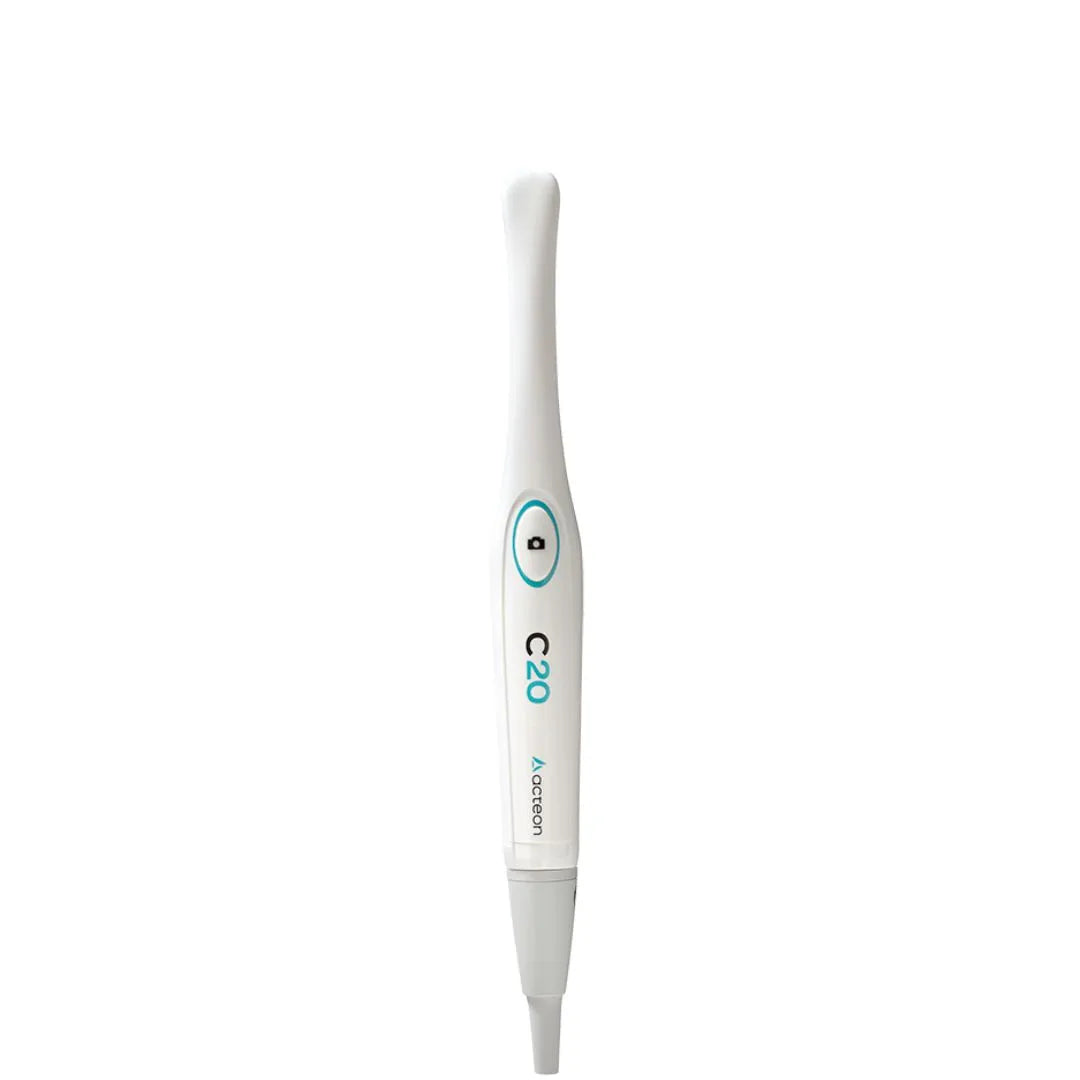
If you think about how dental cheque-ups used to feel years ago, it was mostly the dentist leaning over with a mirror, trying to angle the light just right, and the patient simply trusting whatever was being said. You couldn’t really see anything yourself. You just nodded along because that was the only option. But modern dentistry feels very different now, and one small tool has had a surprisingly big impact: the intraoral camera.
It’s a tiny device, roughly the size of a pen, but the moment a dentist uses it, everything becomes clearer. Instead of wondering what’s going on inside your mouth, you can finally see it on a screen right in front of you. And that simple change makes the whole experience feel more open, more honest, and far less stressful.
What the Intraoral Camera Actually Does
The camera is very small and lightweight. It has a tiny lens and a bright light at the end of it. When the dentist moves it gently around the mouth, it captures close-up images of your teeth and gums. These pictures appear instantly on a screen, so you can see them at the same time as the dentist.
It’s comfortable too. There’s no poking, no pressure, and no need to hold your mouth open wider than usual. In fact, most people say they barely feel it. You just see the results on the screen, and everything suddenly makes sense.
Why Dentists Like Using It
For dentists, the biggest advantage is clarity. Even the most skilled dentist can’t always see everything perfectly with the naked eye. Tiny cracks, early decay, gum irritation, or small chips can easily hide in dark or awkward corners of the mouth.
The intraoral camera shows these details clearly and instantly. This means dentists can catch problems while they are still small and easy to fix. It also helps them explain things much more easily. Instead of describing something you can’t see, they simply point to the picture and talk you through it.
And because you can see exactly what they see, it removes any guesswork or confusion. You understand the problem and the solution without needing a long explanation.
Why Patients Feel More Comfortable With It
For patients, the intraoral camera takes away a lot of the uncertainty that usually comes with dental visits. When you can’t see what’s happening inside your mouth, you rely completely on the dentist’s word. Most people trust their dentist, but it still feels a bit worrying when you don’t understand something clearly.
With the camera, you finally get to see the issue yourself. Whether it’s a small cavity, a chipped tooth, or a gum problem, the image is right there in front of you. This makes you feel more involved in your own treatment and more confident about the decisions being made.
The moment you see the problem, you understand it. And when you understand it, anxiety drops. Everything becomes easier.
Finding Problems Before They Get Worse
Dental problems don’t usually start big. They begin quietly, often without pain, as small cracks, tiny holes, or mild inflammation. Without the right tools, these early signs may not be visible. But catching them early makes a huge difference.
The intraoral camera can show things that might go unnoticed otherwise. When the dentist spots a tiny shadow or crack, they can fix it before it becomes painful or complicated. This saves time, money, and worry later on.
For example, a tooth that looks healthy in a mirror might show early stress lines on the camera. Spotting that early could prevent future breakage. A small cavity discovered through the camera is easier to treat than one left untreated for months.
Early detection is one of the biggest gifts of this tool.
Explore: VSDent
Tracking Changes Over Time
Another great thing about intraoral cameras is that the images can be saved. Dentists can keep these photos as part of your record and compare them over time.
This helps with:
• Monitoring gum healing
• Checking for changes in worn teeth
• Watching how fillings hold up
• Showing before-and-after whitening
• Tracking issues caused by grinding
• Recording children’s dental development
Seeing the changes visually makes things much clearer for you. You don’t have to imagine progress. It’s right there in front of you.
Explore: VSDent
Useful in Many Situations, Not Just Cheque-Ups
The camera plays a role in almost every type of dental appointment. During routine cheque-ups, it helps spot early issues. During restorative work, it helps show damage before and after treatment. For cosmetic consultations, it helps explain improvements. Even during emergencies, the camera helps show exactly what is causing discomfort.
Children also find it helpful. They feel curious and often enjoy seeing their teeth on the screen. It makes the appointment more engaging and less intimidating.
It Builds Trust Between Dentist and Patient
Trust is a major part of dental care. When people don’t know what’s happening, they naturally feel nervous. When they don’t fully understand a diagnosis, they hesitate.
The intraoral camera removes that barrier. The dentist shows the problem clearly. You see it yourself. There is no doubt, no confusion and no feeling of being rushed into something.
This kind of honesty builds long-term trust. And when you trust your dentist, you feel more relaxed and more confident during every visit.
A Small Tool With a Big Impact
It’s surprising how something so small can make such a noticeable difference, but the intraoral camera has done exactly that. It helps dentists work more accurately, and it helps patients feel more informed and more at ease.
It makes appointments smoother and clearer. It makes communication easier. And it helps catch problems before they turn into bigger issues.
Most importantly, it helps you understand your own mouth better. And the more you understand, the more confidently you can take care of your teeth.
The intraoral camera is a simple tool, but it has made dental visits more open, honest, and comfortable. It is one of the reasons modern dentistry feels so much more patient-friendly than it used to.










